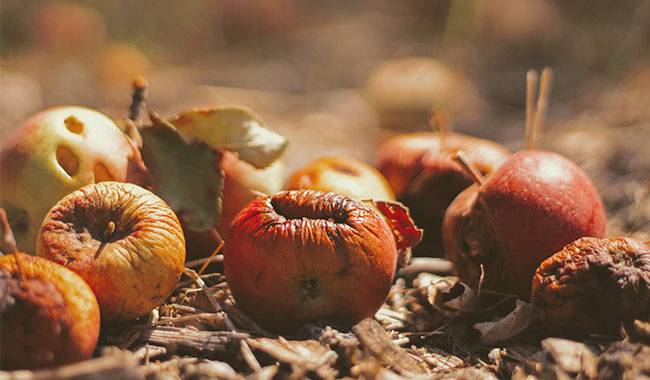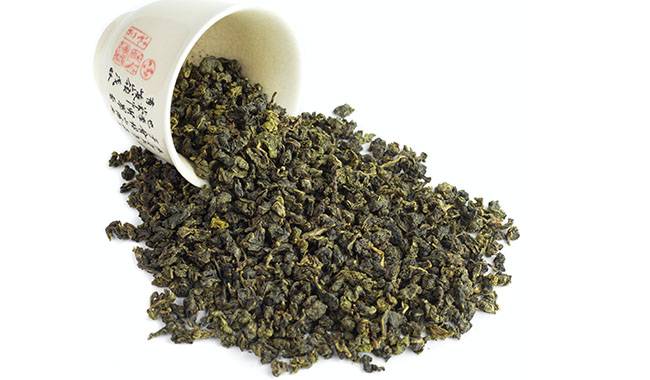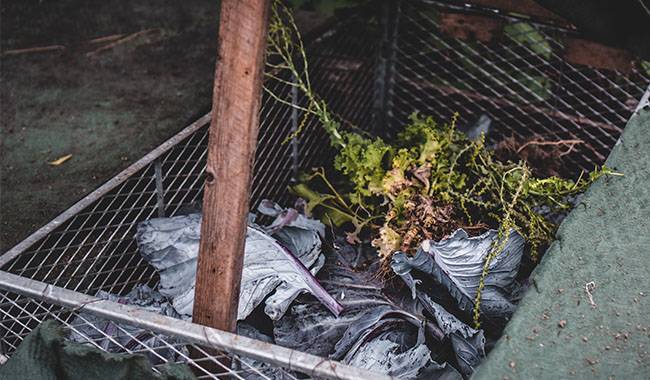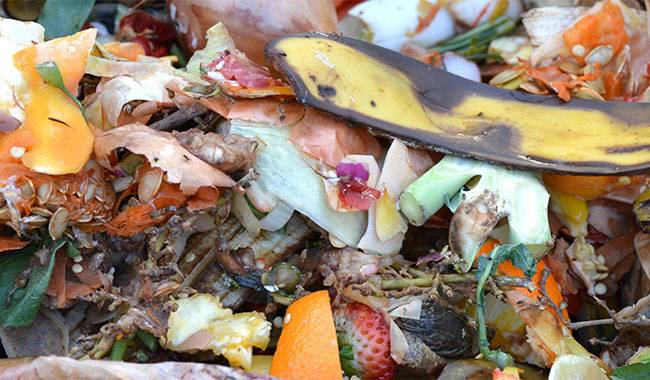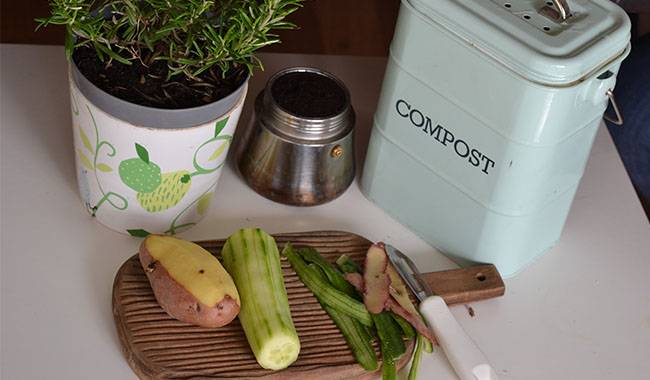
Compost is a very useful and almost free fertilizer that any gardener can make himself. Rich in nitrogen, phosphorus, and potassium, compost is environmentally friendly and can greatly improve soil properties and yields. But to achieve this effect, it is important not to make any mistakes when making compost. You will learn The Best Eco-fertilizers Are Composting by Yourself in the ThumbGarden article.
What Can Be Composted and What Cannot Be Composted
At first glance, it may seem that all types of waste are suitable for composting – but this is not entirely true, and composters should not be confused with garbage cans. Some types of waste break down too slowly and will not have time for proper decomposition. If the compost contains contaminants, whether diseased plant parts or herbicide-treated waste, you run the risk of creating a dangerous mixture rather than a fertilizer.
Therefore, compost should not be added to a compost pile.
- Remnants of disease-affected plants. Pathogens will persist in the compost pile and may infect your entire plot. Unfortunately, it is not always possible to spot infected stems or leaves at a glance, but if they end up in the composter, there is no way to neutralize the infestation – only to re-compost. Therefore, the safest course of action is to cut off and dispose of the fungal or bacterially infected plant parts immediately.
- The same applies to plant waste contaminated with herbicides, pesticides, or other poisons – these ingredients can harm beneficial microflora, so if you know in advance that you have treated your lawn with toxic chemicals, you should not add grass clippings to the compost pile.
- Citrus peel – it can also harm beneficial microbes and repel worms.
- Weeds with rhizomes, especially perennial and fertilized weeds – instead of improving the soil conditions on-site, they will simply germinate.
- plant remains to contain substances toxic to microorganisms (these include, for example, nightshades including potatoes and tomatoes, but also bellflower, mullein, castor oilseed rape, and aconite)
- Carnivore and human feces – these may contain spirochetes that do not die during the composting process and can enter the soil.
- Newly harvested leaves, large pieces of wood, and pieces of evergreens – decompose very slowly.
- Food waste of animal origin, especially food waste with large bone fragments – not only does it break down too slowly, but the smell it gives off won’t make you happy.
- plastic, glass, synthetics, and glossy and coated paper and fabric waste. Not only does this waste break down extremely slowly (and plastic doesn’t break down at all), but it doesn’t add anything useful to your mix.
For compost to be of good quality, it must have two main components.
- Nitrogen-containing “green” components – these include vegetable and fruit waste, grass clippings, green weeds, coarse stems from vegetable and horticultural crops, and manure and poultry droppings.
- The “brown” components rich in carbon are branch fragments, bark, shredded wood, and wood chips, as well as fallen leaves, straw, paper, and cardboard.
These components, when chosen in the correct ratio (Preferably 1:1), will provide the best nitrogen-carbon balance for your compost pile, and their proper application will speed up the composting process.
How to Compost Correctly
It is best to start composting in the fall so that you have a ready supply of compost to use at the beginning of the next gardening season. Composting in a compost pit or composter should begin with the selection of a suitable location. Composters for compost are best placed in low-lying areas and must be protected from the wind (to prevent the compost from scattering in your and your neighbor’s gardens) and direct sunlight.
However, it is not only aesthetics or convenience that should be considered, but also the regulations in the American ANLA standard. According to this document, composters must be located a certain distance
- At least 80 inches (2 meters) from the neighbor’s fence.
- 20 inches (0.5 m) from the “red line” (the boundary of the common area).
- At least 32 feet (10 meters) from the living area, preferably -100 feet (30 meters).
- 32 feet (10 meters) from a summer shower or bathhouse.
- at least 65 feet (20 meters) from a well or other source of drinking water
- 165 feet (50 meters) from rivers, lakes, and other water bodies.
The bottom and walls of the compost pit must be properly insulated (e.g. covered with a waterproof material), otherwise your future compost could become a source of soil or groundwater contamination – a violation of health regulations as well, in which case your neighbors will have the right to complain to the supervisory authority.
The main “ingredients” of a good compost pile are the right ingredients, the presence of boosters, oxygen in the compost container, heat, and moisture – the consistency of the compost mixture should be like a wet sponge.
It is recommended that the “green” and “brown” ingredients be thoroughly crushed prior to composting to speed up the maturation of the compost. Place a layer of sediment in the bottom of the composter or compost pit and place coarse branches or boards on top. Then alternate brown and green blocks with a thin layer of soil or manure. The layers should be placed loosely, rather than tightly, to maintain air circulation.
It is useful to wet the layers with biodegrades – you can buy ready-made products, or use cooked lime, yeast diluted in water – 1 tablespoon of yeast and 1 cup of sugar per 0.26 gals (1 liter) of water, or a special “herbal infusion”: add 2 parts of chicken manure to 5 parts of chopped grass, dilute with 20 parts of water and infuse for several days, then use when preparing the compost.
Check the condition of the compost from time to time: if too much water has accumulated in the mixture, it must be dried out and reused, otherwise the manure risks rotting. If the mixture is too dry, this means that too much heat has been generated, in which case the compost must be additionally moistened.
What a Good Composter Should Look Like
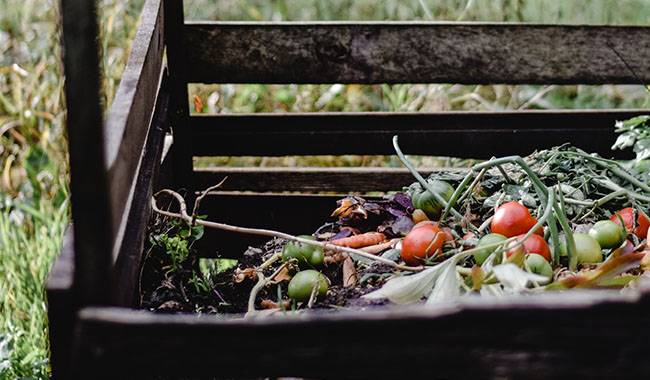
It is not only the composting process that is important but also the container in which your compost will mature. It must be practical, spacious, sturdy, and durable.
Some gardeners use wooden composters, but this construction does not last; the wood begins to rot and deteriorate after 2-3 seasons. Metal composters, while sturdier, have a downside: in cold seasons, they quickly freeze and the composting process slows down. This is an important factor when you consider that compost is most often applied in the fall!
That’s why polymer plastic is considered the best material for composters – it’s strong, doesn’t rot easily, and retains heat over time. If you’re looking for a sturdy, reliable container that won’t fall apart after a year of assembly and won’t “freeze” your compost, it’s best to order a ready-made compost bin. The compost bin kit from ThumbGarden is a great solution. This composter is made of environmentally friendly plastic and will not damage your plot. The composter is sturdy and durable and will not lose its neat appearance even after several years of use.
Thanks to the clear and detailed instructions, you can assemble this compost bin in just 15 to 20 minutes. If necessary, it can be disassembled and reassembled elsewhere. Depending on your needs, you can choose a compost bin with a capacity between 210-530- gals (800-2000 liters).
To keep your compost safe, you can purchase a protective cover for the composter. It will protect your future compost from snow, rain, wind, and other unwanted effects, maintain a microclimate and last for many seasons.
How to Use Compost Properly
After 6 to 9 months of composting, the compost will be ready for use. The main sign of compost readiness is a uniform structure. This should yield a loose, loose-packed, dark brown to black lump with a moist, earthy odor similar to fertile ground. The structure of the finished compost may contain some loose components, such as stems, leaves, or twigs, but these should not be too numerous.
It is recommended that premixed compost be applied to all crops at a rate of about 33-44 lbs (15-20 kg) per square meter. Apply the fertilizer directly into the hole during spring and fall digging and when planting seedlings, shrubs, and trees. In greenhouses, 1 to 1.5 buckets of compost per square meter should be applied to fertilize the soil surface.
It is important to remember that first-year mature compost contains a lot of nitrogen, so do not use it on crops that tend to accumulate nitrates, such as leaf salad, spinach, and radishes.
Compost is one of the most user-friendly ecological fertilizers that can significantly improve soil conditions and crop quality and, importantly, can be used by any gardener who is prepared to follow simple rules when preparing compost.




